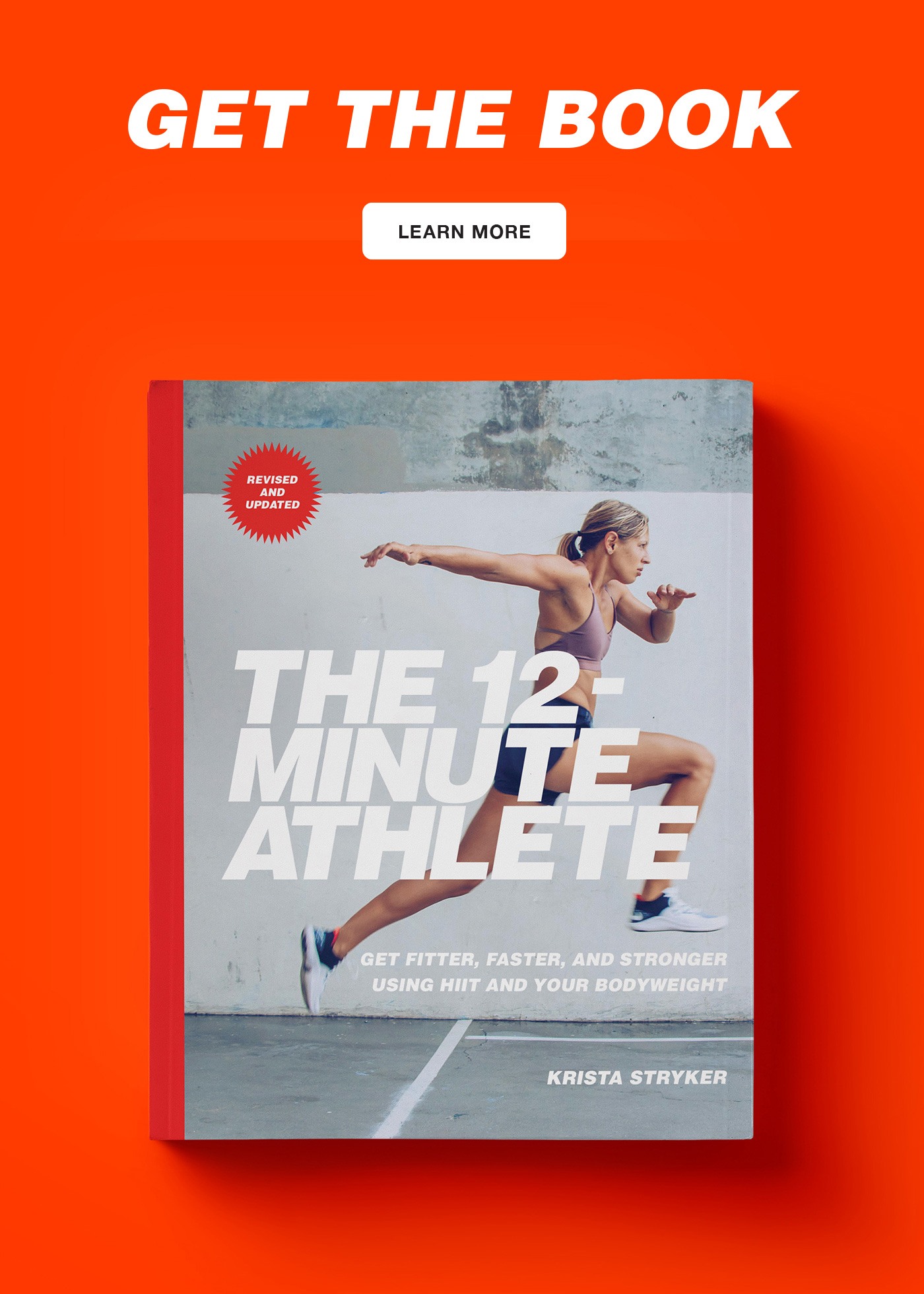
A few days ago, I was attempting to write an article, and my brain just wasn’t working. I sat staring at the screen for a good hour, repeatedly tweaking two sentences and liking neither until I finally declared my efforts were pointless and slammed my laptop shut.
I grabbed my jump rope and boxing gloves, and spent the next half an hour doing jump rope sprints and punching the heavy bag at my apartment gym.
When I was finished, I’d not only worked up a good sweat, but I felt happier, more motivated, and more like myself — more human. My brain, which had previously felt like it was cloaked in one of those heavy blankets from the dentist’s office, felt clear and focused. And when I returned to the screen after showering a little while later, I wrote those two sentences without much friction.
I bet you’ve had a similar experience. Maybe you were trying to think through a problem for work or read something challenging for school and felt like the words were all blurring together — like you couldn’t think straight. Eventually, you got up from what you were doing, and, deliberately or not, moved your body somehow, whether it was taking a walk, going for a run, or even cleaning your room in frustration. The type of movement didn’t matter much: what matters is that afterward, you found that you could think and focus much easier than before.
Scientific research on mental performance and cognition has increased exponentially over the past few decades. Even as short of a time ago as the 1990s, there was barely any research being done on it. Now, a search on Google scholar results in over two million results, the vast majority from the year 2000 onwards.
One of my favorite books on how exercise impacts how we think and feel is Spark: The Revolutionary New Science of Exercise and the Brain by Harvard psychiatrist John Ratey. Although he wrote it over twenty years ago, his research showing that exercise is one of the most important things we can do to think, feel, and perform at our best mentally is still news to most people. As he writes, “to keep our brains at peak performance, our bodies need to work hard.”
These days, scientists are even studying how different types of exercise can impact our mental state. Moderate intensity cardiovascular exercise can act as an entry point into flow, for example, while a short, hard interval workout can improve focus and our ability to learn for up to two hours afterward. Every form of exercise, from yoga to dancing to martial arts, can improve our mood in the short term and protect against depression and cognitive decline in the long term.
No matter what the research says, my personal experience is that I feel better almost instantly after moving my body. So much so that I regularly build in blocks of exercise throughout my day for the sole purpose of thinking and feeling better. I take walks in the morning to start my day with a clear head, plan workouts as a break between deep work sessions, and, anytime I notice the urge to throw my laptop across the room, I take it as a sign that I should go punch something instead.
I’m guessing that you feel better after exercising, too, even if you haven’t been conscious of it until now. So next time you’re working on something and are feeling frustrated or stuck, rather than trying to power through it, take a movement break instead (if you don’t have much time, even five minutes can do the trick!). Like me, you, too, will feel more human afterward.


